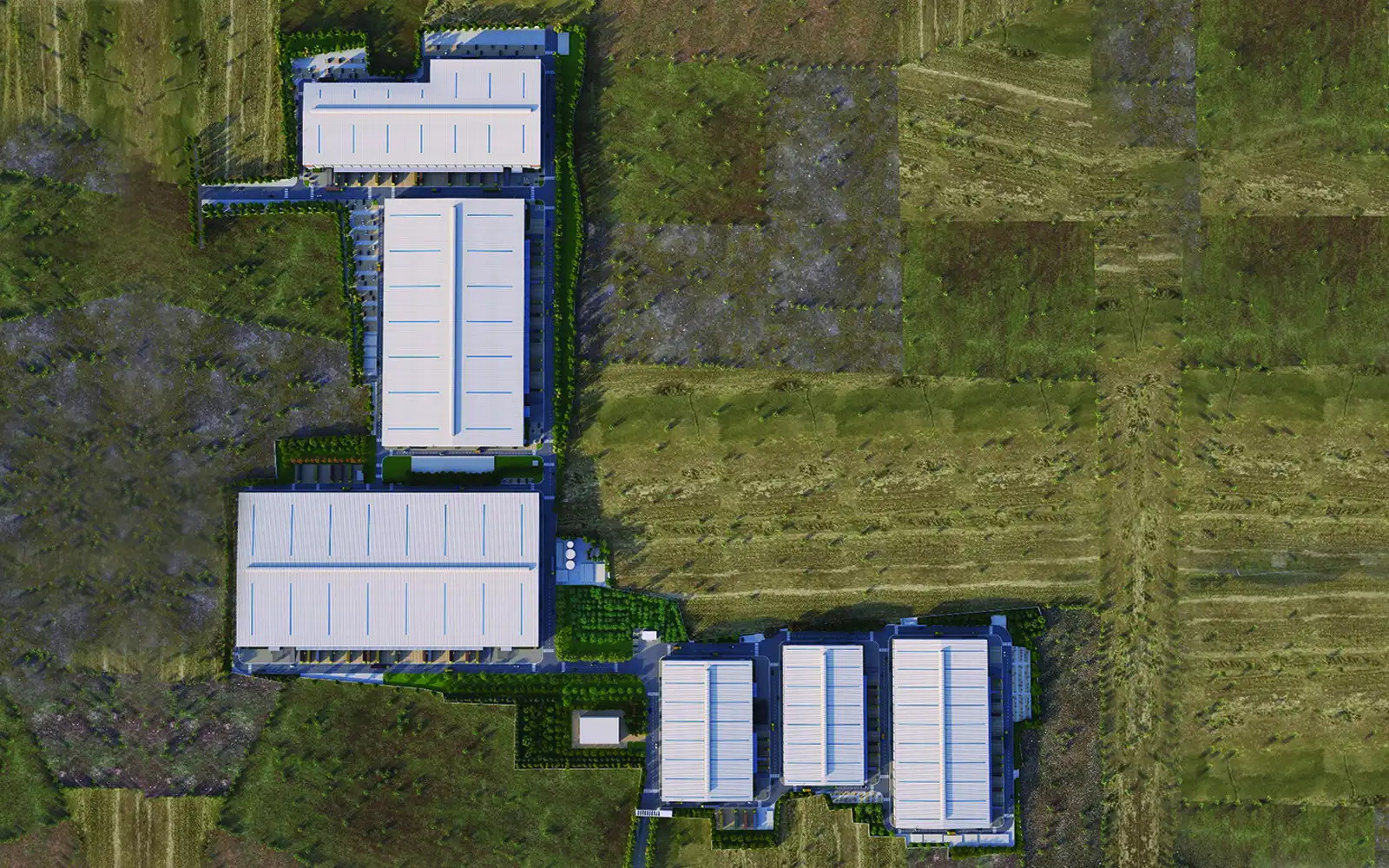Location is for a warehouse, what a processor is to a computer. It’s a critical factor that significantly dictates the efficiency of a supply chain. Hence, the choice of a warehouse company in India’s location can profoundly affect various aspects, including transportation costs, lead times, inventory management, and customer satisfaction.
Let’s explore warehouse location’s importance in supply chain management and discuss strategies for optimising location decisions.
Table of Contents
ToggleImportance of Warehouse Location in Supply Chain Management
The location of a warehouse plays a pivotal role in determining supply chain operations’ effectiveness and efficiency. Major key factors that exert influence on warehouse location choices are:
1. Proximity to Suppliers and Customers
Choosing a warehouse location in close proximity to suppliers and customers yields numerous advantages. It reduces lead times, minimises transportation costs, and gives better inventory control. By establishing warehouses near suppliers, companies can swiftly replenish their stock and respond to changing demand. At the same time, proximity to customers enables expedited order fulfilment, elevating customer satisfaction and fostering loyalty to make them come back for more.
2. Transportation Infrastructure
The quality and accessibility of transportation infrastructure directly affect the choice of warehouse location. Well-connected locations with efficient transportation networks facilitate smoother inbound and outbound logistics; a prime example of this is our Hiranandani Industrial Park. Having a prime location like Red Hills of our industrial parks ensures prompt deliveries, slashes transport costs, and bolsters the entire supply chain’s efficiency. Its strategic placement optimises logistics, streamlining operations and reducing expenses.
3. Labour Availability
The importance of having a skilled workforce readily available near your warehouse should never be underestimated. Choosing areas with a high concentration of qualified personnel ensures a reliable labour pool for all the day-to-day tasks that entail your warehousing needs.
Not to forget that adequate staffing is the crux of seamless order picking, efficient inventory management, and other warehouse operations, thereby contributing to optimised supply chain management.
4. Cost Considerations
Cost plays a pivotal role in determining the warehouse location. Factors such as land and construction expenses, taxes, utilities, and operating costs require careful evaluation beforehand. An optimal warehouse location for you will have a balance between operational efficiency and cost-effectiveness. Make this decision while taking into account both short-term and long-term financial implications.
5. Proximity to transportation infrastructures
Having a warehouse strategically located near transportation hubs such as airports, ports, railways, and major highways is paramount in today’s fast-paced logistics landscape. Proximity to these key infrastructures ensures swift and efficient movement of goods, reducing transportation costs and delivery times. It enhances supply chain agility, enabling businesses to respond promptly to customer demands. Furthermore, it optimises inventory management and minimises the risk of stockouts.
Improving Warehouse Efficiency through Location Optimization
When it comes to optimising warehouse location decisions, businesses must adopt a methodical approach that takes into account a range of critical factors:
1. Conducting a Comprehensive Feasibility Study
A thorough feasibility study is essential to determine the best warehouse location. This involves analysing market demand, evaluating potential sites, and assessing economic viability. By studying customer demographics, competition, and market trends, you can pinpoint the most suitable locations for your warehouses.
2. Analysing Transportation Costs
Transportation expenses play a significant role in the overall supply chain budget. Hence, businesses should meticulously analyse transportation costs related to inbound and outbound logistics. Selecting locations that minimise transportation distances and leverage efficient transportation networks can reduce costs while enhancing supply chain efficiency.
3. Utilising Technology for Location Analysis
The power of advanced technologies like geographic information systems (GIS) and location analysis software cannot be underestimated. These tools provide valuable insights for making informed warehouse location decisions. Businesses can make data-driven choices by considering factors such as customer density, competitor locations, and transportation infrastructure, thereby elevating supply chain efficiency.
4. Evaluating the Impact on Lead Times
Strategic placement of warehouses significantly affects lead times, directly influencing customer satisfaction and operational efficiency. Positioning warehouses closer to customers drastically shortened lead times, ensuring faster order fulfilment and higher levels of customer satisfaction and loyalty.
5. Balancing Cost and Service Levels
While cost considerations are crucial, striking a balance between cost and service levels is equally vital. Optimal warehouse locations should minimize costs without compromising service quality. A careful evaluation of trade-offs between different factors enables businesses to identify prime locations that maximize supply chain efficiency while meeting customer expectations.
Conclusion
Warehouse location is a pivotal element in effective supply chain management, wielding considerable influence over transportation costs, lead times, inventory management, and customer satisfaction. By strategically situating warehouses in proximity to suppliers and customers, businesses can drive cost reduction and operational efficiency to deliver an unparalleled customer experience. Achieving optimal warehouse location involves a thorough analysis of proximity, transportation infrastructure, labor availability, and cost considerations. Armed with the right strategies, companies can forge an efficient supply chain and gain a competitive edge within their respective industries.
















